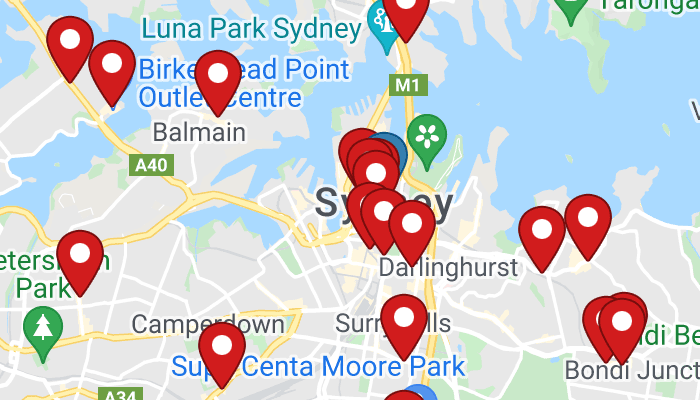Nonclinical development program
Liber’s nonclinical development program comprises two phases:
- Characterizing the interim product formulations and aerosol of the Nicovape® nicotine-containing liquid using chemistry analytical and desk-based approaches; and
- Working with the Therapeutic Goods Administration (TGA) to further assess the chemistry and toxicology of Nicovape® NVPs in cell-based (in vitro) assays, in vivo studies, or clinical studies, where necessary, for registration of the product as a pharmaceutical on the Australian Register of Therapeutic Goods (ARTG).
Liber’s nonclinical development program provides that product formulations marketed during the interim period (beginning 1 October 2021) have been screened for critical human health hazards from inhalation exposure. The nonclinical program underway is designed to first assess the toxicology and human health risk of the liquid formulation, and secondly to assess the toxicology and human health risk of select constituents in the aerosol generated by the device.
Nicovape® Q Liquid Formulation
The Nicovape® Q liquid formulation consists of the active ingredient nicotine in the form of a nicotine salt (with an acid as a pH adjuster), the humectants propylene glycol (PG) and glycerol (VG), and flavouring ingredients typically present under 3.0%.
Liber formulates the product with nicotine salts that are:
- Sourced from pharmaceutical suppliers meeting Good Manufacturing Practice (GMP) standards;
- Documented to meet purity standards for the presence of nicotine degradation compounds; and
- Evaluated for potential toxicological effects at anticipated levels of exposure.
Liber has formulated the liquids with PG and VG at ratios anticipated to reduce levels of heat degradant compounds in the aerosols. The humectants have also been toxicologically evaluated and formulated at levels that would result in aerosol exposures below levels associated with toxicological concern.
The flavouring ingredients are molecularly defined and sourced as food grade quality or higher (USP/EP), where available. Liber applies a screening toxicological risk assessment process to evaluate each ingredient for key toxicological hazards potentially associated with inhalation exposure. Liber has formulated ingredients at levels that would result in daily inhalation exposures below those associated with toxicological concern as defined by authoritative and regulatory agencies.
The Nicovape® Q Device and Aerosol
The Nicovape® Q device is designed to deliver nicotine in aerosol while minimising the generation of heat degradant chemicals or other potentially harmful constituents, such as metals. Device design considerations include:
- Temperature protection: Microelectronics prevent overheat conditions when generating the aerosol;
- Low power/efficient design: Low power devices produce fewer emissions and are capable of delivering sufficient nicotine with the correct liquid formulation;
- Innovative cartridge design: No non-coil metal components in contact with the liquid;
- High-grade cartridge materials: resins and silicone compliant with U.S. FDA 21 CFR 177.1520 (human food grade); and
- Unique airflow channeling: Prevents potential device material impurities from entering the aerosol.
Liquid and aerosol analytical studies are conducted in a laboratory in England inspected by the UK Medicines and Healthcare products Regulatory Agency (MHRA), with dedicated expertise in nicotine technologies to evaluate nicotine and select Harmful and Potentially Harmful Constituents (HPHCs) in the aerosol, including carbonyls and metals.
Preliminary HPHC analysis indicates that levels of the most health critical HPHCs, such as carbonyls and metals, are at levels in the aerosol below toxicological concern.

Find your nearest stockist
Over 1,000 community pharmacies across Australia currently hold nicotine vaping products in-store.
